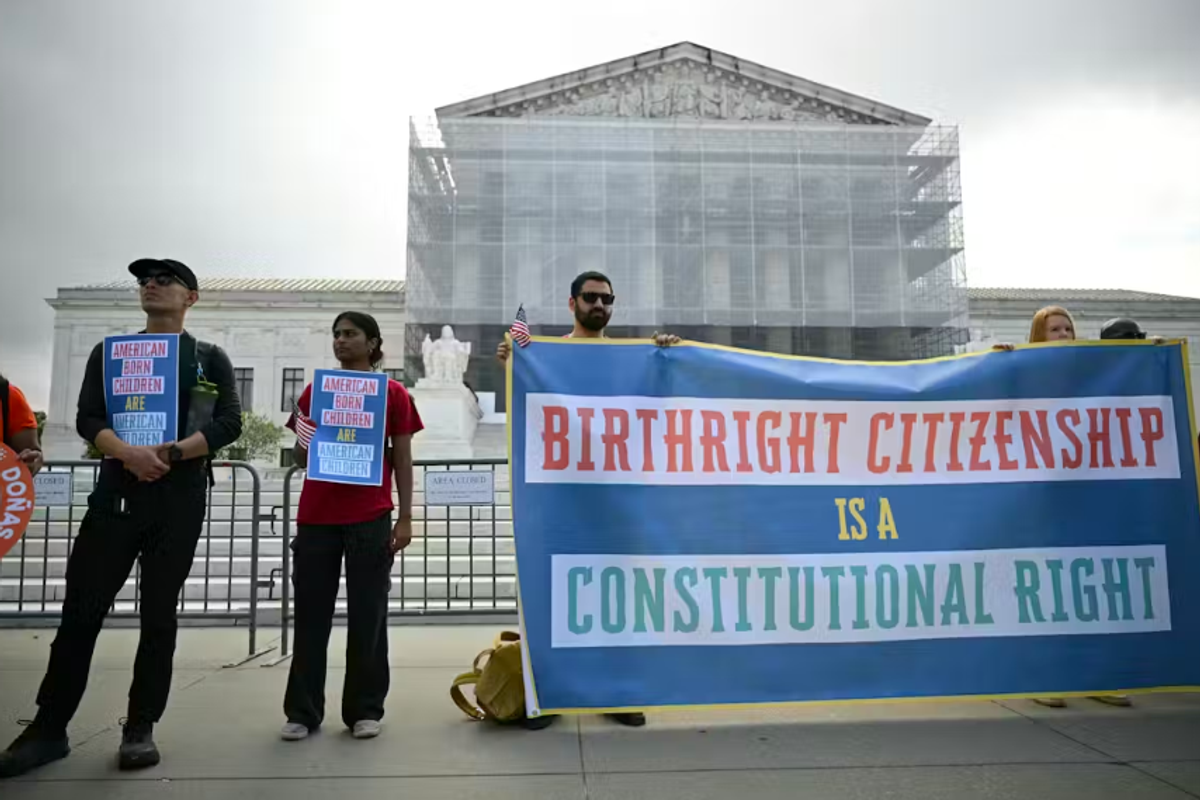The Fulcrum introduces Congress Bill Spotlight, a weekly report by Jesse Rifkin, focusing on the noteworthy legislation of the thousands introduced in Congress. Rifkin has written about Congress for years, and now he's dissecting the most interesting bills you need to know about, but that often don't get the right news coverage.
The most famous Italian Americans include Frank Sinatra, Joe DiMaggio, Antonin Scalia, and Anthony Fauci.
The Bill
The National Museum of Italian American History Commission Act would establish a commission to analyze whether a new Smithsonian museum about Italian Americans should be built in Washington, D.C.
The bipartisan commission would comprise eight members, two each appointed by four people: the top Republican and Democratic leaders in both the Senate and House. Within a year and a half after their first meeting, the group would have to submit a report to Congress on issues including the museum’s potential location and cost.
The House bill was introduced on February 6 by Rep. Tom Suozzi (D-NY3). No Senate companion version appears to have been introduced yet.
Context
Italian Americans comprise an estimated 4.8% of the U.S. population, making them the fifth-largest ancestry behind only German, English, Irish, and American.
Founded in 1846 and named after benefactor James Smithson, the Smithsonian Institution is the largest collection of museums in the world. Today, it comprises 21 museums and sites, mostly in the greater Washington, D.C. area.
In 2024, the four most visited Smithsonians were the Natural History Museum (3.9 million), American History Museum (2.1 million), Air and Space Museum (1.9 million), and National Zoo (1.6 million).
Congress greenlit two more Smithsonian museums in 2020: the American Women’s History Museum and the American Latino Museum. Neither site has yet selected a final physical location, yet alone opened.
What Supporters Say
Supporters argue the time has come for an Italian American museum.
"My father, Joseph A. Suozzi, had an extraordinary journey,” Rep. Suozzi said in a press release. “Born in Ruvo del Monte, Italy, he immigrated to the United States as a child, served as a navigator in the U.S. Air Force during World War II, was elected as Glen Cove City Court Judge at the age of 28, went on to serve as Glen Cove Mayor, and was later appointed to the Appellate Division of the N.Y. State Supreme Court.”
"My father's life embodied the classic American Dream,” Rep. Suozzi continued. "I cannot think of a better way to honor my father's legacy—and the legacies, experiences, and stories of so many other hard-working Italians and Italian Americans—than by establishing a National Museum of Italian American History.”
What Opponents Say
The Fulcrum was unable to locate any explicit statements of opposition. But opponents may counter that the museum is a logistical impossibility, at least if it’s to be in the same area as the other most prominent Smithsonians. Upon the African American History and Culture Museum’s opening, NPR said that it “fills the last open spot along the National Mall.”
21st Century Smithsonian Votes
Both the American Women’s History Museum and the American Latino Museum were enacted in 2020 as components of larger “must-pass” legislation, so votes on those individual provisions weren’t taken.
In 2001, the African American History and Culture Museum commission was enacted by voice vote in the House and unanimous consent in the Senate. In 2003, a vote to greenlight the actual museum itself was again enacted by unanimous consent in the Senate and a 409-9 House vote.
The House dissenters, all Republicans, publicly argued their case on fiscal rather than racial grounds. For years prior, though, former Sen. Jesse Helms (R-NC) —a former segregationist —had blocked the museum for racial reasons.
Odds of Passage
Rep. Suozzi previously introduced his Italian American bill in 2024. It attracted nine bipartisan cosponsors, seven Democrats and two Republicans, but never received a committee vote.
The current bill has attracted 40 bipartisan cosponsors: 32 Democrats and eight Republicans. It awaits a potential vote in either the House Administration or Natural Resources Committee.
Even if this commission gets enacted, though, things could take a while. The African American History and Culture Museum established a commission in 2001, Congress approved the museum in 2003, but the building itself didn’t open until 2016.
Jesse Rifkin is a freelance journalist with the Fulcrum. Don’t miss his weekly report, Congress Bill Spotlight, every Friday on the Fulcrum. Rifkin’s writings about politics and Congress have been published in the Washington Post, Politico, Roll Call, Los Angeles Times, CNN Opinion, GovTrack, and USA Today.
SUGGESTIONS:
Congress Bill Spotlight: Panama Canal Repurchase Act
Congress Bill Spotlight: Make Greenland Great Again Act
Congress Bill Spotlight: BIG OIL from the Cabinet Act
Congress Bill Spotlight: renaming Gulf of Mexico as “Gulf of America”
Congress Bill Spotlight: constitutional amendment letting Trump be elected to a third term
Congress Bill Spotlight: adding Donald Trump’s face to Mount Rushmore
Congress Bill Spotlight: BAD DOGE Act
Congress Bill Spotlight: Repealing Trump’s National Energy Emergency




















